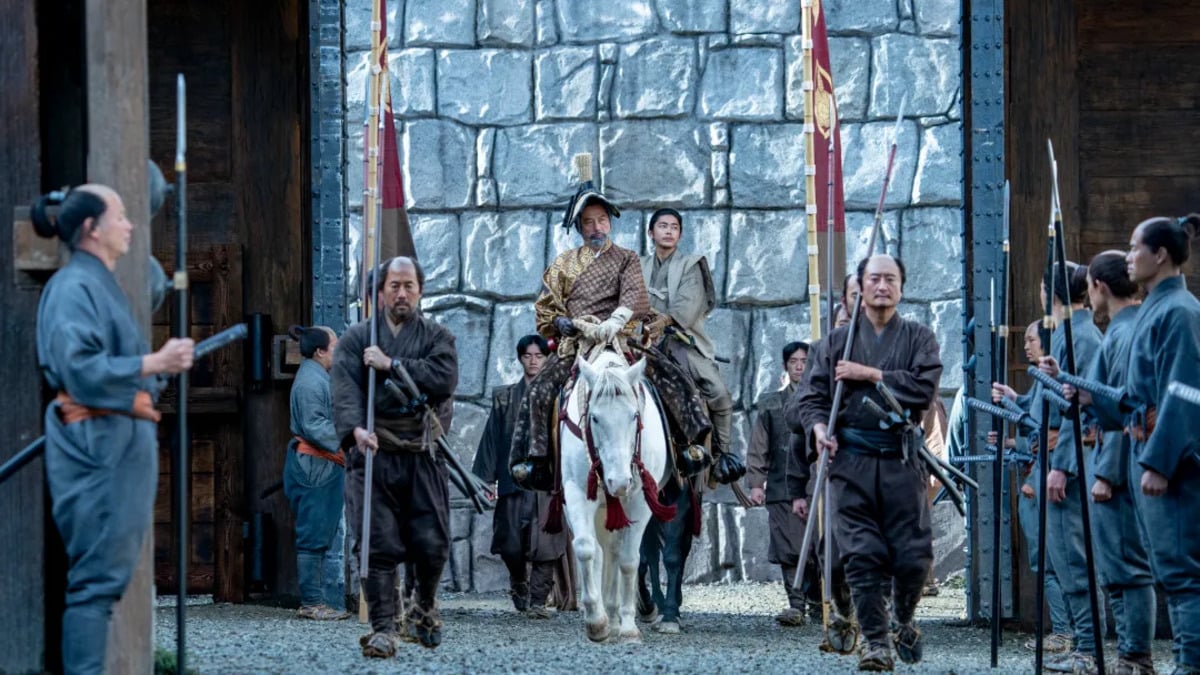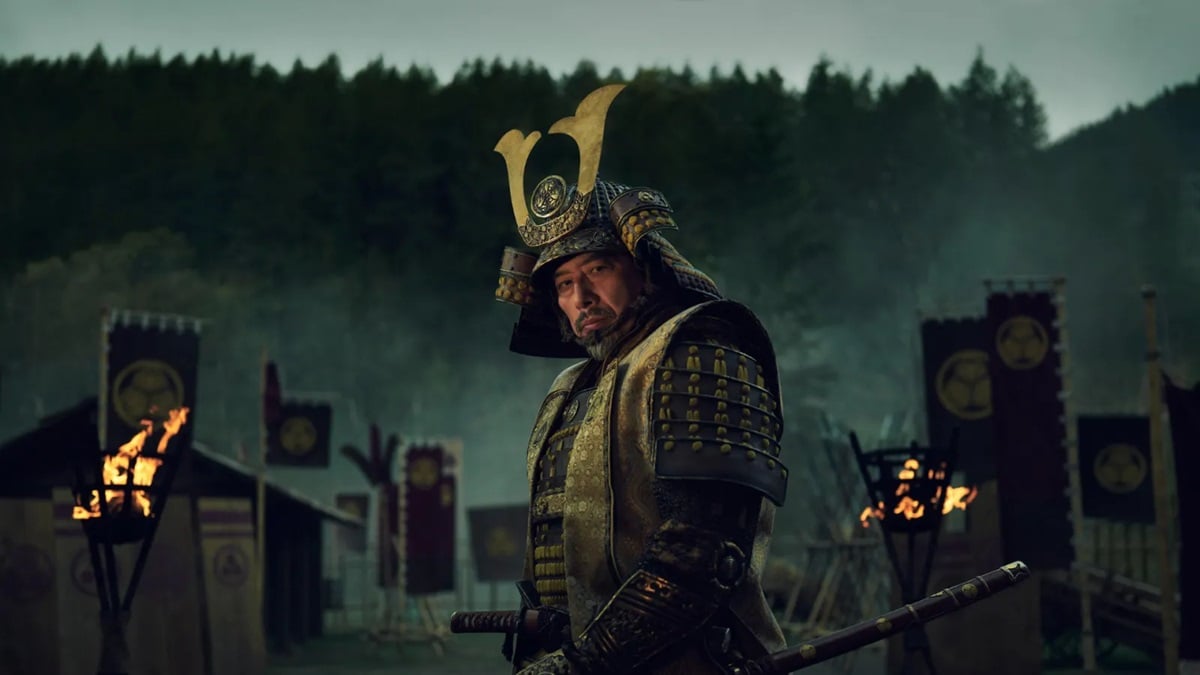The new FX miniseries Shōgun is garnering a lot of acclaim with its first two episodes, but if you want to dive into the series and aren’t sure about some of the historical concepts being discussed, we’ve got you covered.
The story of Shōgun is loosely based on the real historical account of the first Englishman ever to set foot in Japan, and his relationship with the greatest daimyo of the time, who went on to found another Shōgunate at the dawn of the 17th century. The character of the traveler is called John Blackthorne, and is based on the historical English navigator William Adams. The daimyo, meanwhile, is Yoshii Toranaga and based on Tokugawa Ieyasu, the founder of the Tokugawa Shōgunate.
In the first episode, Toranaga (played by Hiroyuki Sanada) is said to have one of the biggest fiefdoms of the time. But what is a fief, a daimyo, and how is it different from a shōgun?
The fiefdom, also known as the Han system, explained

Much as a fief was central to the governance of European estates in the Medieval age, the Han was also an elaborate system of land ownership and military enforcement that consisted of feudal lords known as daimyo, who owed fealty to the shōgun. In that sense, a han is basically the Japanese term for a fief governed by a daimyo. Before being abolished in the late 19th century, hans were the de jure provinces of Japan, each governed by a daimyo, and under the overall authority of the Shōgunate.
Daimyos essentially had the ultimate authority in their de jure regions, and that included control over agriculture, trade, and other aspects of the economic system. The daimyo was usually followed by the samurai in the chain of command, and that by the peasants.
While the concept of Han already existed before the Tokugawa Shōgunate, it wasn’t until the Edo period that it became an influential and era-defining part of Japanese history. The Hans contributed to a period of peace and prosperity, but with the overall modernization of the West and the mounting pressure for the Westernization of Japan in the late 19th century caused the system to collapse. The new Meiji government introduced the concept of “prefectures,” which were all directly under the uniform law of the central government, and had less autonomy. Apart from the Western-inspired central governance, one of the biggest differences between hans and prefectures were land reforms, which allowed the government to redistribute the land to farmers.
While the end of feudalism in Europe happened gradually and across multiple centuries, its last breaths interestingly coincided with the Japanese’s own abolition of the Hans system.

